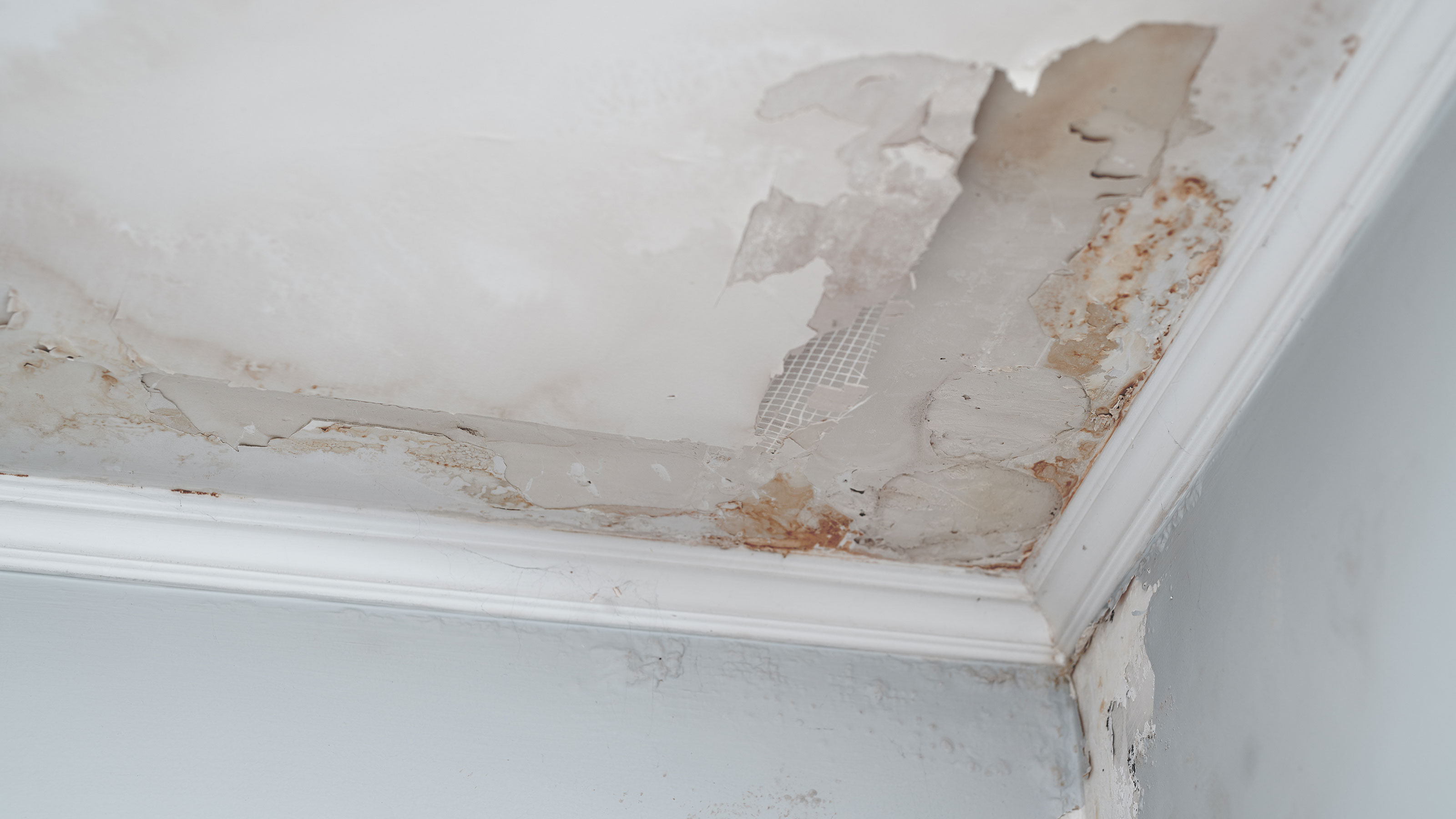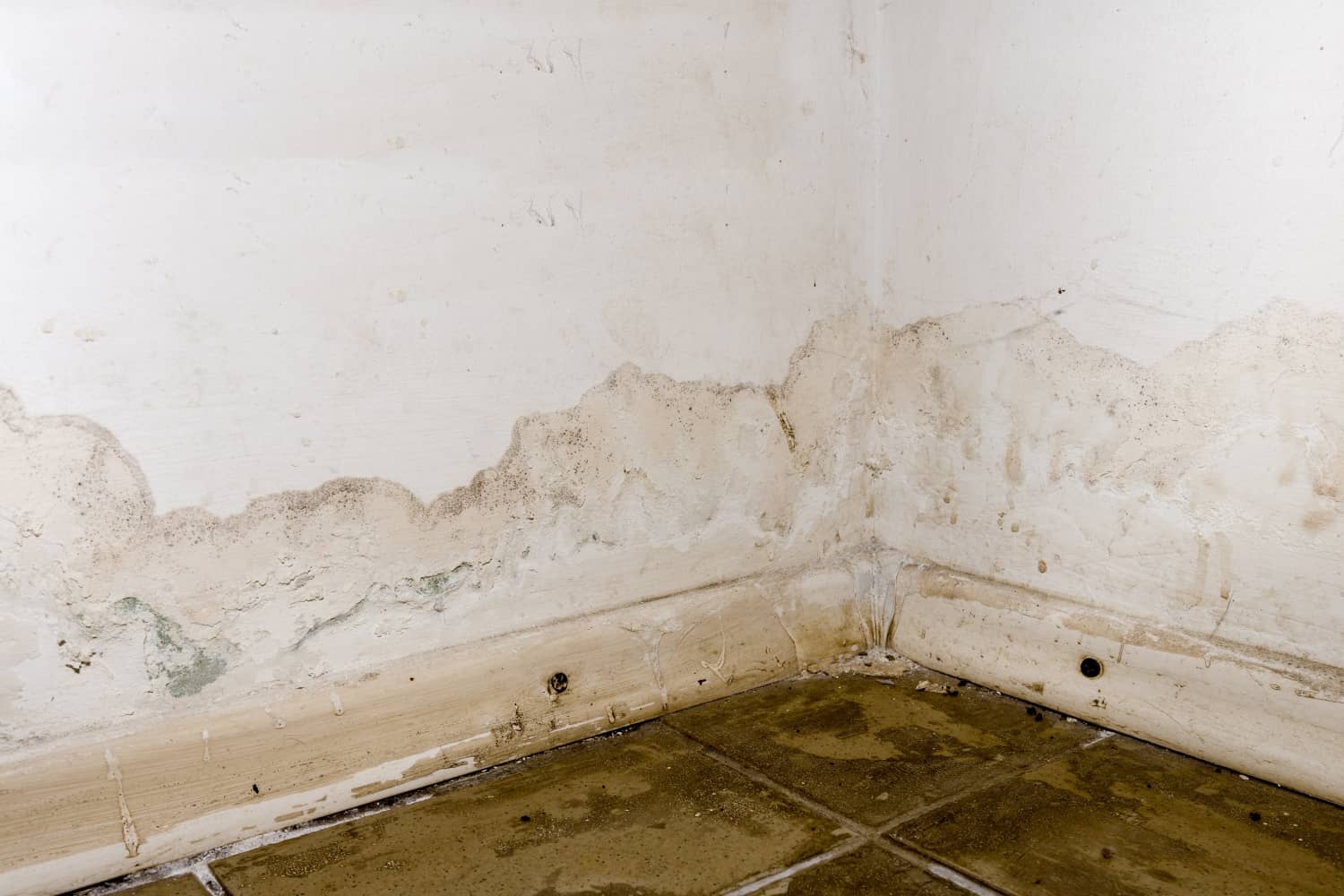Expert Water Extraction Services to Safeguard Your Property from Damage
Wiki Article
The Process of Water Damage Cleanup: Guaranteeing Your Home Is Restored Effectively
Water damage can be an overwhelming obstacle for homeowners, demanding a organized and careful clean-up process to bring back security and functionality. At first, an extensive assessment is important to identify the degree of the damage and identify the appropriate remediation actions. Following this, efficient water extraction methods play an essential role in reducing additional injury. The nuances of drying, sterilizing, and ultimate reconstruction are equally important and often overlooked. Recognizing these stages can make a substantial distinction in the outcome of your home's reconstruction, triggering a closer appearance at what each step requires.Assessing the Damage
Upon discovering water damage, the initial step is to thoroughly examine the degree of the influence. This initial assessment is important, as it aids establish the required steps for reliable clean-up and restoration. Begin by evaluating the impacted areas, consisting of wall surfaces, ceilings, floors, and individual valuables, to identify the resource of the water invasion, whether from flooding, leaks, or condensation.Recording the damages is necessary for both insurance policy cases and preparing reconstruction initiatives - damage restoration services. Usage photographs and written notes to catch the extent of the damages, noting any kind of damaged structural elements and products. Pay unique focus to areas that might not be instantly visible, such as behind wall surfaces and under rugs, as hidden dampness can result in further complications, consisting of mold and mildew growth
In addition, analyze the timeline of the water exposure. The longer the materials stay wet, the better the potential for damages. Comprehending the period of direct exposure will certainly educate the urgency of remediation efforts. Eventually, a thorough assessment prepares for a successful water damages cleaning process, guaranteeing that all influenced areas are attended to successfully and thoroughly.
Water Extraction Methods

Specialists typically employ submersible pumps for larger quantities of water, which can quickly ease flooding in basements or other influenced locations. For smaller sized quantities, wet/dry vacuums are commonly used to draw out residual wetness from carpetings and hard surface areas. In addition, making use of portable extractors enables for targeted elimination in constrained rooms or areas with fragile materials.
In circumstances of polluted water, such as sewer or floodwater, advanced removal techniques may involve the use of biohazard equipment to make sure safety and security and compliance with health regulations. High-powered removal tools are important in lessening water retention in architectural materials, which can cause mold growth and architectural wear and tear otherwise addressed immediately.
Inevitably, the performance of water removal techniques plays a crucial role in the general success of the water damages clean-up procedure, laying the foundation for subsequent reconstruction efforts.
Drying and Dehumidification
When standing water has been efficiently drawn out, the next crucial phase in the water damage cleaning procedure is drying and dehumidification. This action is crucial to stop further damages and mold and mildew development, which can happen within 24 to two days in damp settings.To attain effective drying out, specialized devices such as industrial-grade air moving companies and dehumidifiers is used. Air movers circulate air throughout damp surfaces, enhancing evaporation prices, while dehumidifiers minimize moisture levels airborne, promoting a conducive environment for drying. The mix of these tools guarantees that wetness is extracted from furnishings, walls, and floorings, enabling them to dry completely.
It is very important to keep an eye on the drying procedure closely. Specialists typically use dampness meters to evaluate the moisture web content in numerous products, making sure that all influenced areas reach appropriate dry skin degrees. This precise strategy helps to stop covert dampness pockets that might cause architectural damages or unhealthy mold development.

Cleansing and Sterilizing
After the drying and dehumidification phase is total, the following important action in water damage cleanup is cleaning and sanitizing the affected locations. This procedure is critical to avoid the growth of mold and mildew, germs, and various other microorganisms that grow in damp settings.The cleaning phase generally entails removing any kind of particles, dust, and impurities from surfaces making use of specialized cleaning representatives. For hard surface areas, a mix of soap and water or commercial cleaning items is usually used. Soft products, such as furniture and carpets, may call for extra substantial cleansing methods, including vapor cleansing or deep removal strategies, to guarantee detailed sanitation.

Disinfecting adheres to cleaning, using EPA-approved disinfectants to get rid of unsafe microbes. This action is essential, especially in locations that may have entered call with floodwaters or sewage, as these sources can present significant wellness threats.
In addition, it is vital to resolve any kind of continuing to be smells, which might call for making use of smell neutralizers or sophisticated methods like ozone therapy. Correct cleaning and sanitizing not only recover the safety and security and hygiene of your home however likewise lay the groundwork for successful restoration and repairs in subsequent stages of the water damages cleaning procedure.
Remediation and Repair Work

Once the assessment is total, repair initiatives can start. Additionally, floor covering might call for comparable interest, depending on the level of water exposure.
It is essential to engage experienced remediation specialists throughout this process, as they have the expertise to manage intricate fixings successfully. They can aid alleviate potential future concerns, such as mold and mildew growth or architectural instability, thus making sure a risk-free and habitable living atmosphere. Ultimately, efficient repair and repairs bring back the home's honesty and improve its general worth.
Final Thought
To conclude, the procedure of water damage cleaning is crucial for restoring a home to its pre-damage condition. Each stage, from assessing the damage to applying reliable water removal strategies, adhered to by thorough drying, sanitizing, and required repair services, plays a crucial role in making sure security and conformity with structure standards. Effective implementation of these steps not only mitigates prompt damage yet likewise enhances the lasting integrity and worth of the property.Water damages can be an overwhelming difficulty for house owners, requiring a careful and structured cleaning process to restore safety and security and performance. Inevitably, an extensive analysis lays the groundwork for a successful water damages clean-up process, making certain that all impacted locations are dealt with properly and extensively.
Effective water extraction strategies are vital in reducing damage and emergency water leak repair protecting against additional complications complying with a water intrusion occasion.In verdict, the procedure of water damage cleanup is vital for restoring a home to its pre-damage problem. Each stage, from examining the damages to carrying out efficient water extraction methods, adhered to by thorough drying out, sterilizing, and necessary fixings, plays a necessary duty in making sure security and compliance with structure criteria.
Report this wiki page